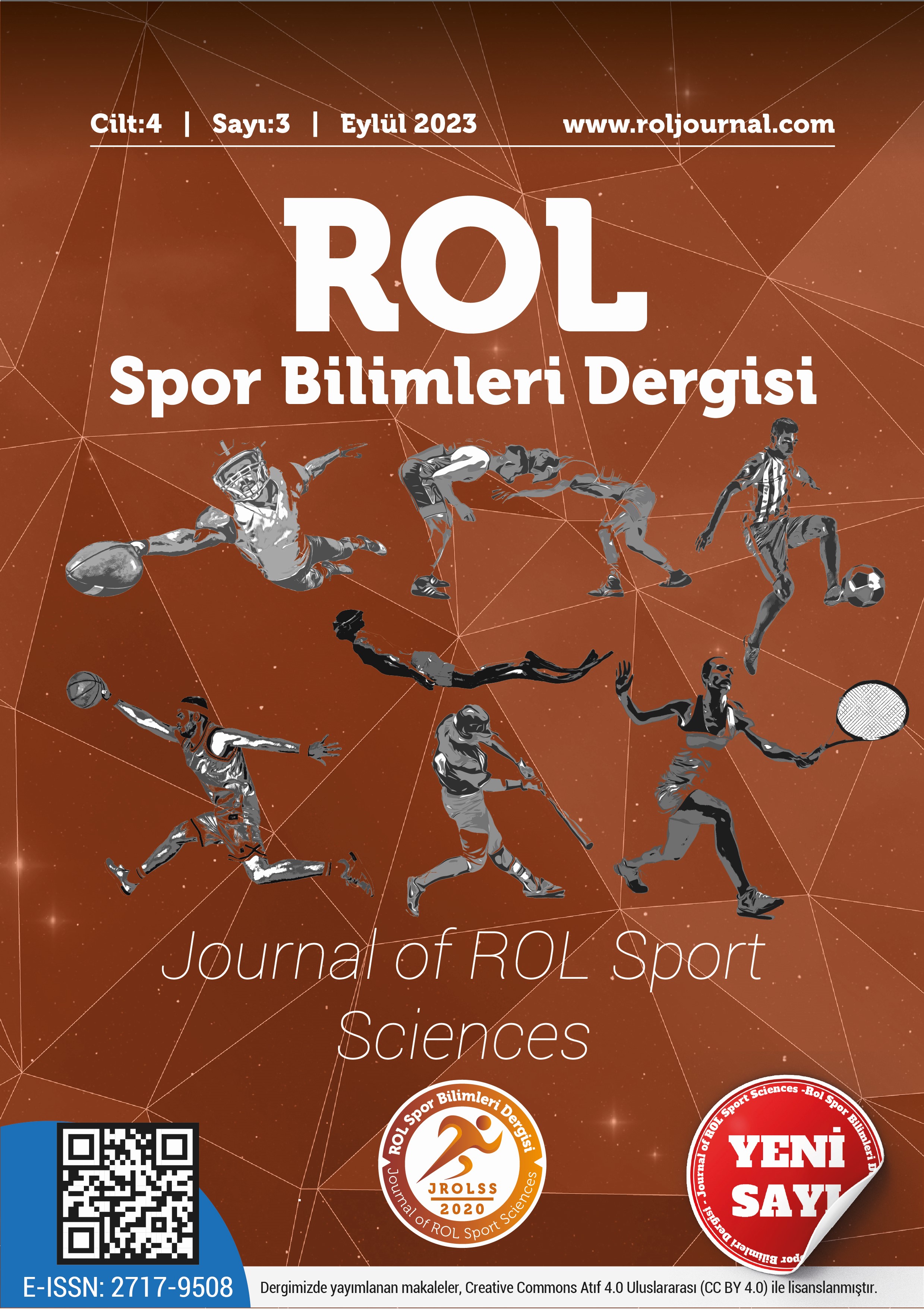An analysis of online education perception among faculty of sports sciences students following the February 6th Turkey earthquake
DOI:
https://doi.org/10.5281/zenodo.7540473Keywords:
Distance education, earthquake, education, university studentsAbstract
The purpose of this study is to examine the perception of online education from the perspective of students after the February 6th earthquake in Turkey. The study included 7 students from the Faculty of Sports Sciences at Ordu University. A semi-structured interview form consisting of 9 questions was prepared to determine the students' opinions regarding the online education approach after the February 6th earthquake. The data of the research were transferred to the Nvivo program and analyzed using a descriptive analysis method. The findings revealed differences between the approach to distance education after Covid-19 and the February 6th earthquake in Turkey, as well as the effectiveness of practical and theoretical lessons. Additionally, students' opinions about focusing on lessons and school after the earthquake disaster, attention diversion, and anxiety levels were identified. As a result of data analysis, it was concluded that face-to-face education would be more beneficial than online education. According to these results, while theoretical lessons could be conducted online, practical lessons should be held in a face-to-face format or in a more realistic environment. Furthermore, recommendations were made, including collaboration between the Higher Education Council and the Ministry of Youth and Sports, to enhance the effectiveness of practical lessons in the Faculty of Sports Sciences.
References
Balaman, F., & Tiryaki, S. H. (2021). The opinions of teachers about compulsory distance education due to corona virus (Covid-19). Journal of the Human and Social Science Researches, 10(1), 52-84.
Bostancı, Ö., Oda, B., Şebin, K., & Erail, S. (2017). 11–13 yaş öğrencilerin spor yapma durumlarının göre iyimserlik ile saldırganlık düzeylerinin incelenmesi. Atatürk Üniversitesi Beden Eğitimi ve Spor Bilimleri Dergisi, 19(4), 205-217.
Bergdahl, N., & Nouri, J. (2021). Covid-19 and crisis-prompted distance education in Sweden. Technology, Knowledge and Learning, 26(3), 443-459.
Demirkaya, H. (2007). Prımary school students’ understandıng of earthquake and theır perspectıves towards earthquake. Mehmet Akif Ersoy University Journal of Education Faculty, (8), 68-76.
Duman, S. N. (2020). Evaluatıon of the dıstance educatıon process carrıed out durıng the epıdemıc perıod. National Education Journal, 49(1), 95-112.
Fıratlı Türker, E. (2023). Inquiry of the differences in distance education perception among university students regarding the reasons for transition to compulsory distance education following the February 6, 2023 earthquakes. Eurasian Journal of Social and Economic Research, 10(3), 271-300.
Fidalgo, P., Thormann, J., Kulyk, O., & Lencastre, J. A. (2020). Students’ perceptions on distance education: A multinational study. International Journal of Educational Technology İn Higher Education, 17(1), 1-18.
Kabadayı, M., Mayda, H. M., Yılmaz, A. K., Karaduman, E., Erail, S., Bostancı, S., … el at., (2022). Examination of Anthropometric Characteristics of Police Academy Students. International Journal of Morphology, 40 (2), 460-465.
Krishnan, A. G., Srisai Devikrishna, D., & Aich, S. C. (2021). Online education amidst pernicious covid scourge: Altering traditional educational system and implementation of arts-friendly distance education strategies. Annals of the Romanian Society for Cell Biology, 7470-7475.
Lopez, K. A., & Wills, D. G. (2004). Descriptive versus interpretive phenomenology; Their contributions to nursing knowledge. Qualitative Health Research, 14(5), 726-735.
Miles, M. B., & Huberman, A. M. (1994). Qualitative data analysis: An expanded sourcebook. Sage Publication.
Moore, M., & Kearsley, G. (2005). Distance education: A system view. Wadsworth.
Reiners, G. M. (2012). Understanding the differences between Husserl’s (descriptive) and Heidegger’s (interpretive) phenomenological research. Journal of Nursing, 1(5), 119.
Sari, T., & Nayır, F. (2020). Challenges in distance education during the (Covid-19) pandemic period. Qualitative Research in Education, 9(3), 328-360.
Sindiani, A. M., Obeidat, N., Alshdaifat, E., Elsalem, L., Alwani, M. M., Rawashdeh, H., … et al., (2020). Distance education during the COVID-19 outbreak: A cross-sectional study among medical students in North of Jordan. Annals of Medicine and Surgery, (59), 186-194.
Sumy, D. F., Jenkins, M. R., McBride, S. K., & Groot, R. M. (2022). Typology development of earthquake displays in free-choice learning environments, to inform earthquake early warning education in the United States. International Journal of Disaster Risk Reduction, 212-4209.
Utkucu, M., Durmuş, H., Uzunca, F., & Nalbant, S. (2023). An evaluation on the Gaziantep (Mw=7.7) and Elbistan (Mw=7.5) Earthquakes on February 6, 2023. Sakarya University Disaster Management and Research Center.
Ünlü, H., Aktaş, Ö., & Büyüktaş, B. (2021). Investigation of sports science students' attitudes and opinions towards distance education. Journal of Sport Sciences Research, 6(2), 294-306.
Yamamoto, G. T., & Altun, D. (2023). The indispensability of online learning after earthquake in Türkiye. Journal of University Research, 6(2), 125-136.
Downloads
Published
How to Cite
Issue
Section
License
Copyright (c) 2023 Journal of ROL Sport Sciences

This work is licensed under a Creative Commons Attribution 4.0 International License.



